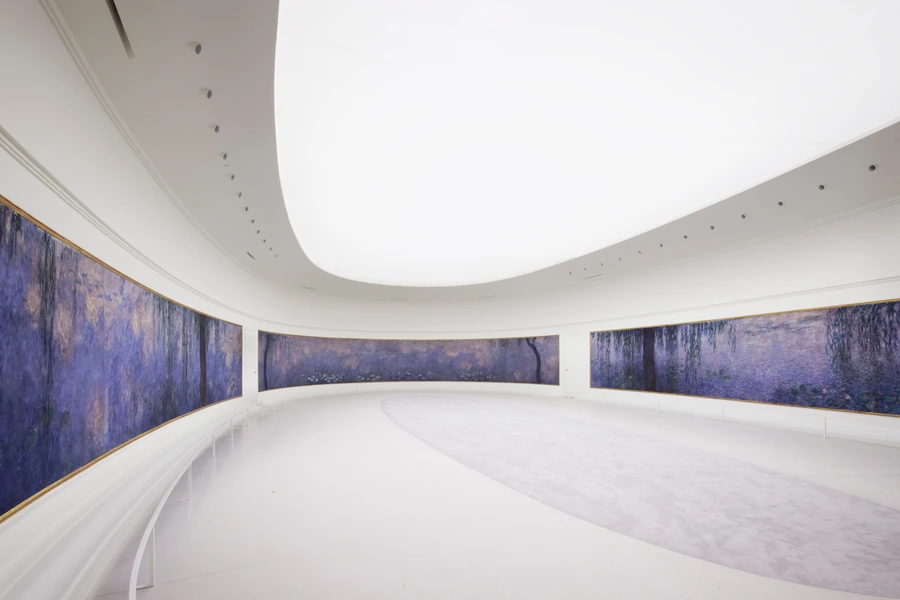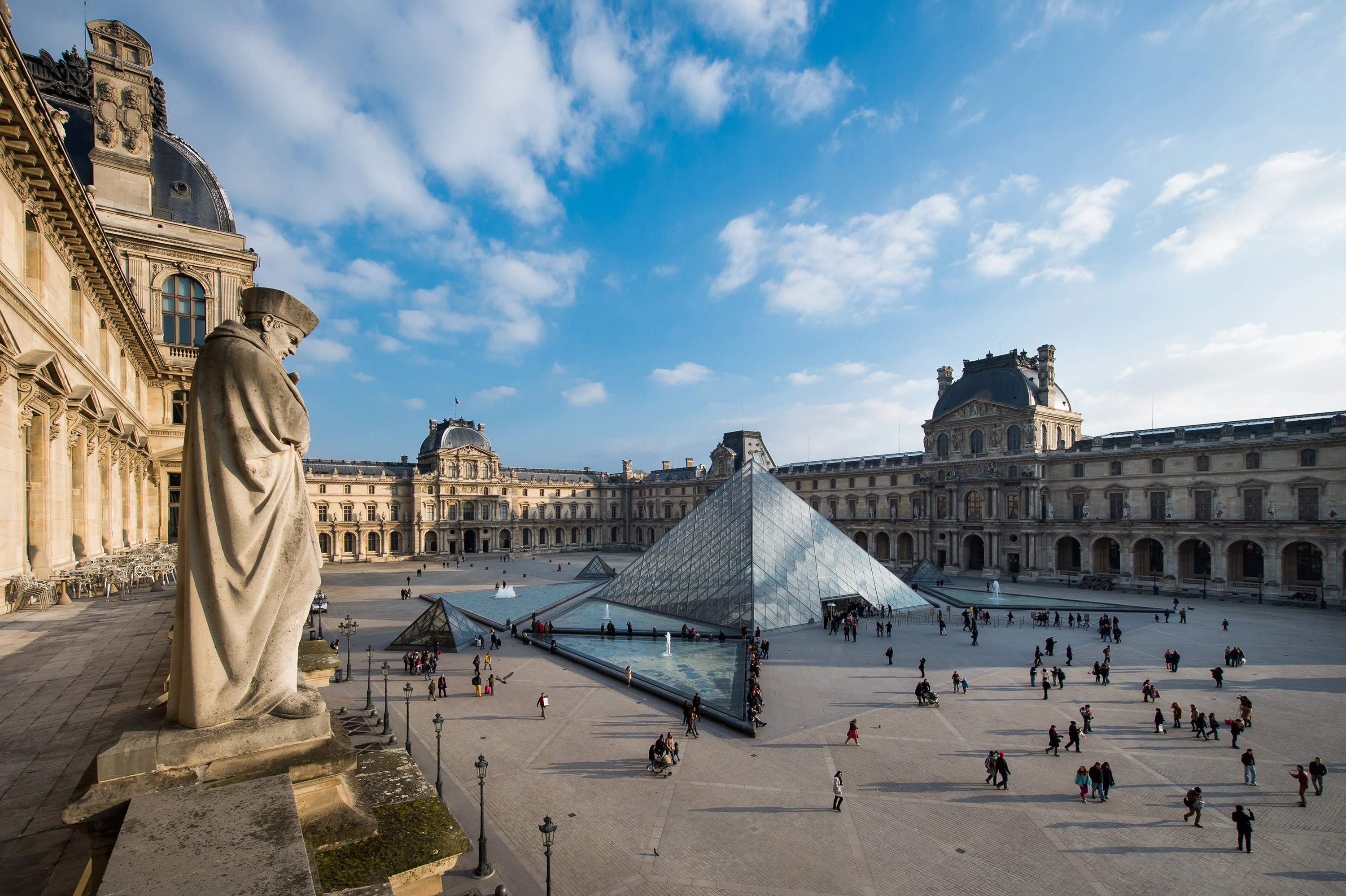SPECIAL: Jardin des Tuileries
- Maxim & Lucie

- Jul 26, 2024
- 2 min read
Updated: Aug 10, 2024
Olympic cauldron set ablaze, "Hymne à l'amour" performed by Céline Dion playing in the background © France Télévision
On July 26th, the Olympic cauldron was lit in the Jardin des Tuileries, putting an end to the 2 months-long Olympic Torch Relay throughout the entire country. Two French athletes had the privilege of lighting the cauldron, symbolizing the inauguration of the Games of the 33th Olympiad: Marie-José Pérec, triple Olympic track and field champion in 1992 and 1996, and Teddy Riner, Olympic judo champion in 2012 and 2016.
The Olympic cauldron is unique and surprising in more ways than one. Firstly, its shape is, to say the least, unexpected: a ring of flames 7 metres in diameter, topped by a 30-

metre-high balloon, reminiscent of a hot-air balloon. Secondly, it has the ability to rise 60 metres above the ground, illuminating the city’s sky every night until the end of the Olympic Games on August 11th. Thirdly, the Olympic cauldron does not contain a flame as such, but an electric flame produced by the reflection of LED lights on a cloud of mist.
Olympic cauldron © Sortir à Paris

The choice of the Jardin des Tuileries for this event is significant. This historic garden created in the 16th century is located right in the heart of Paris by the Seine River, next to the Place de la Concorde. It is the oldest and largest garden in the city, and as such hosts many events during the year, including a funfair and a Christmas Market.
Tuileries Garden © Visiter Paris
The garden is designed in the French formal garden style, characterized by geometrical patterns and a strict sense of order and symmetry. It is home to numerous statues, including works by famous artists such as Auguste Rodin, Aristide Maillol, and Henry Moore.
Did you know?

The Jardin des Tuileries features two large fountains, surrounded by emblematic green chairs. These chairs can also be found in the Jardin du Luxembourg and the Jardin du Palais Royal. Originally introduced in the 1920s, in order to extend the sitting areas and thus improve the comfort of Parisians, they have become a symbol of the city's gardens.
© Familiscope
The Jardin des Tuileries is surrounded by two significant cultural institutions. The Musée de l'Orangerie, to the west, houses Claude Monet's famous "Water Lilies" series. The largest canvases measure up to 17 metres long and 2 metres high, covering entire walls in some of the museum's rooms. The Louvre Museum, to the east, is home to the world-renowned Leonardo Da Vinci’s Mona Lisa. With over 35,000 works on display in its halls, the museum offers an incomparable panorama of the arts and civilisations. Artworks date back to 8,000 BC up to the mid-19th century, through almost 10,000 years of artistic creation.
© Musée de l'Orangerie / © Musée du Louvre




